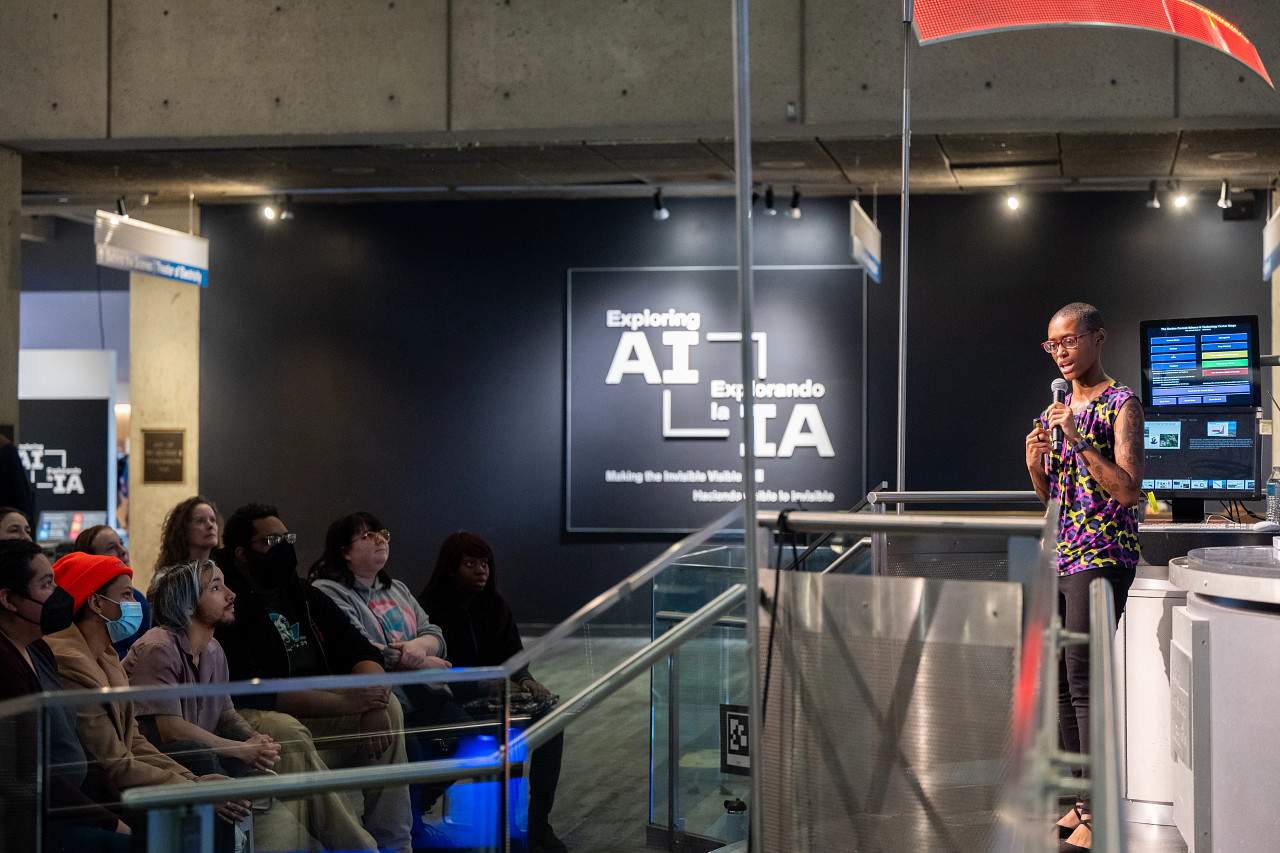#BUandBoston: What Birds Can Tell Us About Building Healthier Cities for our Communities
This post is part of our #BUandBoston series, highlighting the work and research of BU students, faculty, and staff throughout the City of Boston and the Greater Boston region. Interested in having your Boston-related work featured? Tag us on Instagram or Twitter (@BUonCities) using the #BUandBoston, or email us at ioc@bu.edu.
By: Jaclyn Berman and Sean Waddington
The BU URBAN program proudly provides trainees with experience in interdisciplinary research and relationship building that prepares soon-to-be PhDs for a host of careers solving intersectional environmental problems. This year, our #BUandBoston series has explored the unique inquiries of students in the program, from city planning grounded in public health to rethinking tree life through research and community conversations.
While it may seem logical to view the biological study of animals as separate from the study of human community needs, current research reveals more profound connections between the two. Lydia Jefferson, a third-year Ph.D student working in the Fulweiler lab in the Department of Earth & Environment, is examining bird stomachs to understand the relationship between harm from the built environment and mitigation techniques in nature. Lydia explains, “I like to think of it as birds being a way of demonstrating if there are environmental goods or harms in an environment.” By contrasting the concentration of microplastics in birds from different ecosystems, Lydia hopes to gain insights into the impact of urbanization on human health.
 Lydia didn’t set out to study bird stomachs but found the relationship between what birds ingest and environmental pollution to be a fascinating extension of their interest in environmental justice. They began collaborating with the Academy of Natural Sciences at Drexel University (ANSDU), gaining a deeper understanding of the role bird species play in mapping microplastic pollution and how microplastic abundance correlates with the human population. Through their partnership, the collaborative research examines how manipulating urban space can create hazardous conditions for the environment and all the life it supports. Using birds as a proxy, Lydia’s work begs the question: What influences the distribution of microplastics in the environment, and do they correlate with more or less microplastic consumption? Underpinning this research is the notion that birds, humans, and all other species that share our environment must not be fragmented when considering how our ingestion of pollutants varies across geographic space.
Lydia didn’t set out to study bird stomachs but found the relationship between what birds ingest and environmental pollution to be a fascinating extension of their interest in environmental justice. They began collaborating with the Academy of Natural Sciences at Drexel University (ANSDU), gaining a deeper understanding of the role bird species play in mapping microplastic pollution and how microplastic abundance correlates with the human population. Through their partnership, the collaborative research examines how manipulating urban space can create hazardous conditions for the environment and all the life it supports. Using birds as a proxy, Lydia’s work begs the question: What influences the distribution of microplastics in the environment, and do they correlate with more or less microplastic consumption? Underpinning this research is the notion that birds, humans, and all other species that share our environment must not be fragmented when considering how our ingestion of pollutants varies across geographic space.

The goal of Lydia’s critical studies on the environment is not to leave research incubated in the scientific community but rather to incorporate it into local policymaking, urban planning, and community building. While linking academic research to practice is an important task, it is also challenging given the scope and diversity of every community’s needs and the fast-paced timeline for policy-making. To approach this, Lydia urges a shift in focus directly to the community needs themselves, rather than solely the economic output of a system. What is key, Lydia says, is building trust amongst community members: “Go to different meetings on different issues, not only related to your specific issues. Learn their concerns, acknowledge their words, and create meaningful and long-lasting connections.”
In talking with Lydia, it became clear that they were truly passionate about their research. Before engaging with a topic, Lydia will ask themself, “How can I shape my projects in a way that is meaningful for both the environment itself and the importance of having a clean place and earth, separate from humans, but then also for the humans that are in that system?” This question is at the forefront of many environmental researchers. While Lydia regularly thinks about the global ‘we’ in their research and action, they point out that researchers should be wary of the search for a worldwide panacea. As climate change and ecological catastrophe threaten entire species, including our own, Lydia is steadfast in their guiding light for research: helping people.

Lydia wants us to remember that the pursuit of change through science does not need to be award-winning to be of value. Too often, they think, researchers can get bogged down in admirable ambitions and lose sight of the true impact of research. To them, it is okay if a project ‘only’ influences or helps one community because that community still matters. “We have such short timelines on Earth… so I at least want the things that I put out into the world to help at least one other person.”
